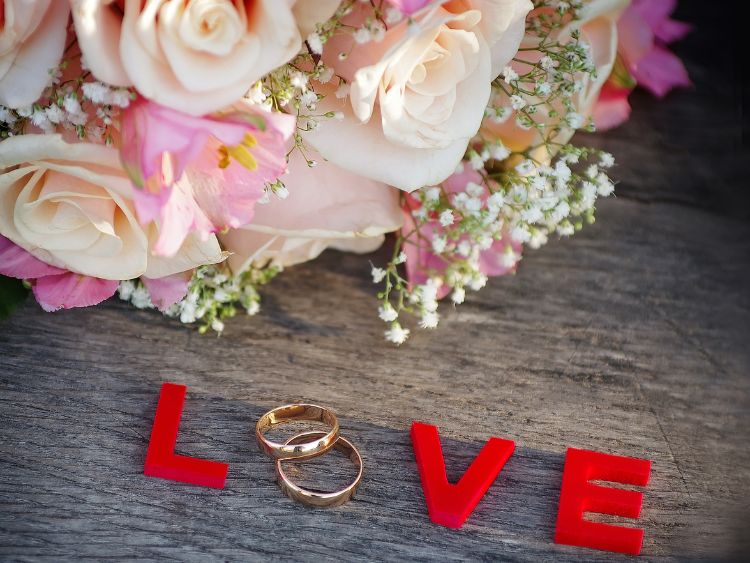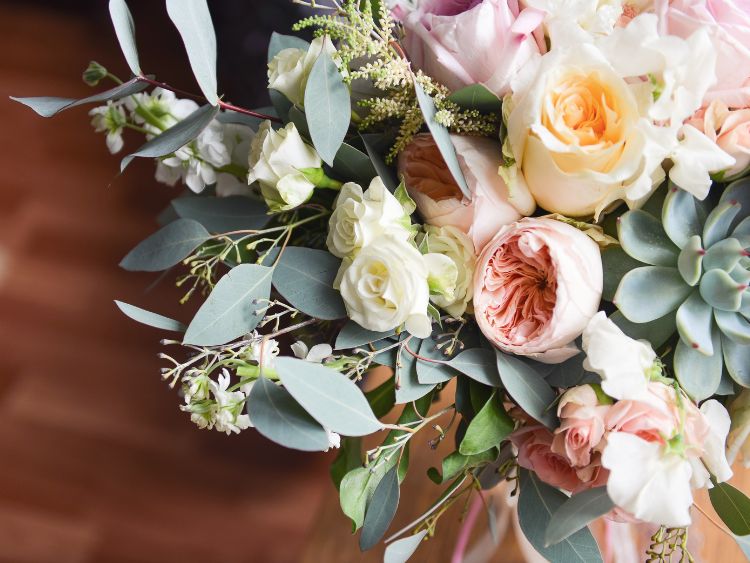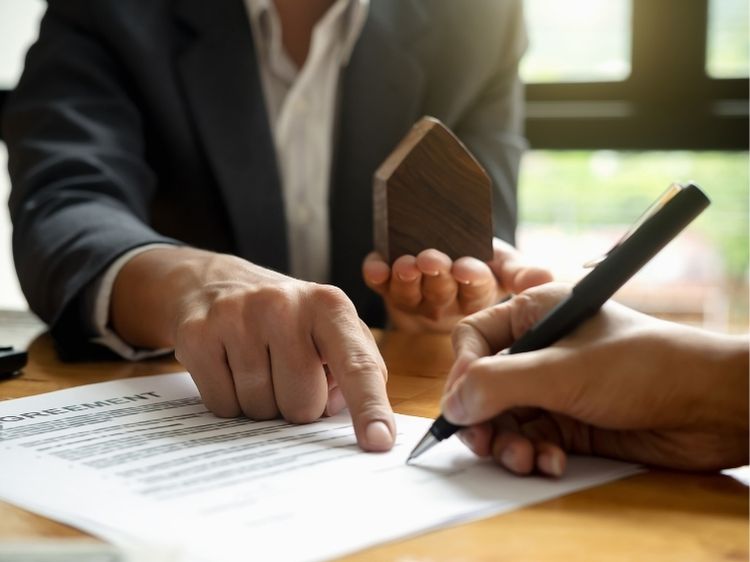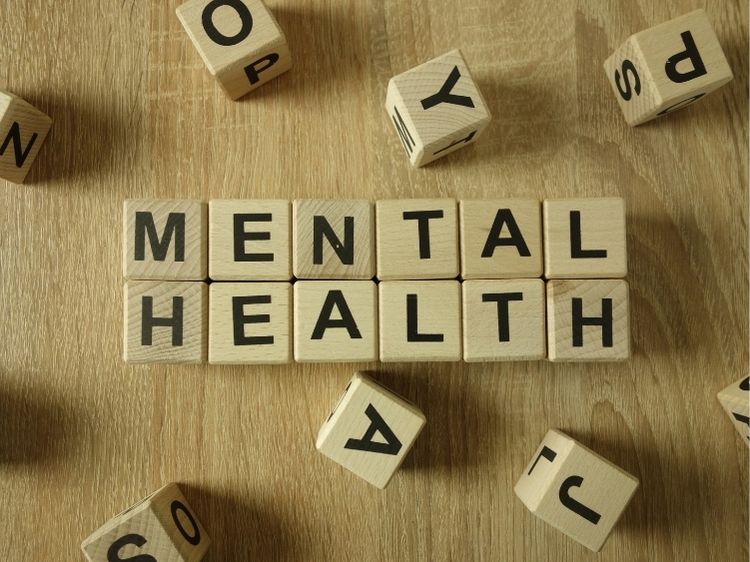Ever been baffled by the words “formal dress code” on an invitation? You’re not alone. From black-tie events to office boardrooms, formal dress codes can be tricky to decode. But don’t sweat it! This guide dives into the nuts and bolts of formal attire—because, let’s face it, dressing right makes all the difference in how you’re perceived.
Whether it’s a wedding, a gala, or a big presentation, understanding what “formal” means can save you from potential embarrassment. So, let’s get started and unravel this sophisticated world, shall we?
What Does a Formal Dress Code Mean?
Simply put, a formal dress code demands polished, elegant attire that reflects the occasion’s importance. Unlike casual or business-casual, formal attire is all about dressing to impress. While specifics can vary, the overarching goal is to look sharp and sophisticated.
Common Types of Formal Dress Codes
Formal events aren’t one-size-fits-all. Here’s a breakdown of the most common types:
- Black Tie: Think tuxedos for men and floor-length gowns for women.
- White Tie: The fanciest of them all—tails for men and extravagant gowns for women.
- Semi-Formal: A slightly relaxed version of black tie, like cocktail dresses or dark suits.
- Business Formal: Polished suits for men and tailored dresses or pantsuits for women, ideal for professional settings.
Essential Elements of Formal Dress Code
So, what exactly makes an outfit formal? Let’s go step-by-step.
For Men
- Suits: Opt for dark, solid colors like black, navy, or charcoal.
- Shirts: Crisp, white, and preferably French cuff for extra flair.
- Ties: A silk tie or bow tie is a must.
- Shoes: Polished leather shoes are non-negotiable.
- Accessories: Add a pocket square or cufflinks for a touch of sophistication.
For Women
- Dresses: Floor-length gowns or midi dresses are classics for black-tie events.
- Shoes: Closed-toe heels or elegant strappy sandals work best.
- Jewelry: Minimal yet striking pieces like diamond studs or a statement necklace.
- Bags: A chic clutch or a small evening bag complements the look.
Tips for Perfecting Your Formal Look
1. Know Your Fabrics
Formal attire often uses luxurious materials like silk, satin, velvet, or fine wool. Avoid casual fabrics like denim or jersey.
2. Tailoring is Everything
An ill-fitted suit or dress can ruin your entire look. Always opt for tailored clothing to ensure a flawless fit.
3. Mind the Details
- Men: Polish your shoes and ensure your tie knot is impeccable.
- Women: Check that your dress is wrinkle-free and accessories aren’t overpowering.
4. Understand the Event’s Vibe
A wedding might call for softer tones, while a corporate gala might lean towards darker, more subdued hues.
Do’s and Don’ts of a Formal Dress Code
Do’s
- Stick to neutral and classic colors.
- Choose simple, elegant silhouettes.
- Prioritize comfort without compromising on style.
Don’ts
- Avoid overly trendy outfits—they can look out of place.
- Say no to sneakers, even if they’re designer.
- Don’t wear anything too revealing or casual.
FAQs About Formal Dress Code
What’s the difference between black tie and white tie?
Black tie is slightly less formal, requiring tuxedos and gowns, while white tie demands tails and more extravagant attire.
Can I wear a cocktail dress to a formal event?
Yes, but only for semi-formal or black-tie optional events. Stick to longer dresses for black or white-tie occasions.
Are open-toe shoes acceptable?
For women, elegant open-toe shoes are fine, but avoid overly casual styles.
Do I have to wear a tie for business formal?
Absolutely! A tie or bow tie is essential for maintaining a professional appearance.
Mastering the Formal Dress Code for Specific Occasions
Weddings
For weddings, consider the time of day. Daytime weddings might call for lighter hues, while evening events are best suited for darker, richer tones.
Galas and Charity Events
This is your chance to pull out all the stops. Opt for dramatic dresses and tuxedos with luxurious details.
Corporate Events
Stick to business formal. A dark suit or a tailored pantsuit ensures you’re appropriately dressed.
Quick Styling Checklist
Before stepping out the door, run through this checklist:
- Clothes: Tailored and clean?
- Shoes: Polished?
- Accessories: Complementary, not overpowering?
- Hair: Neat and styled appropriately?
Conclusion
Decoding the formal dress code doesn’t have to be daunting. With a little preparation and attention to detail, you can effortlessly dress to impress. Whether it’s a high-stakes meeting, a dazzling wedding, or a black-tie gala, the right outfit boosts your confidence and ensures you’re always dressed to the nines.
Authoritative Links
- https://www.gq.com (Men’s fashion and grooming advice)
- https://www.vogue.com (Fashion trends and tips for women)
- https://www.theknot.com (Wedding dress codes and etiquette)
- https://www.businessinsider.com (Professional attire for corporate settings)



